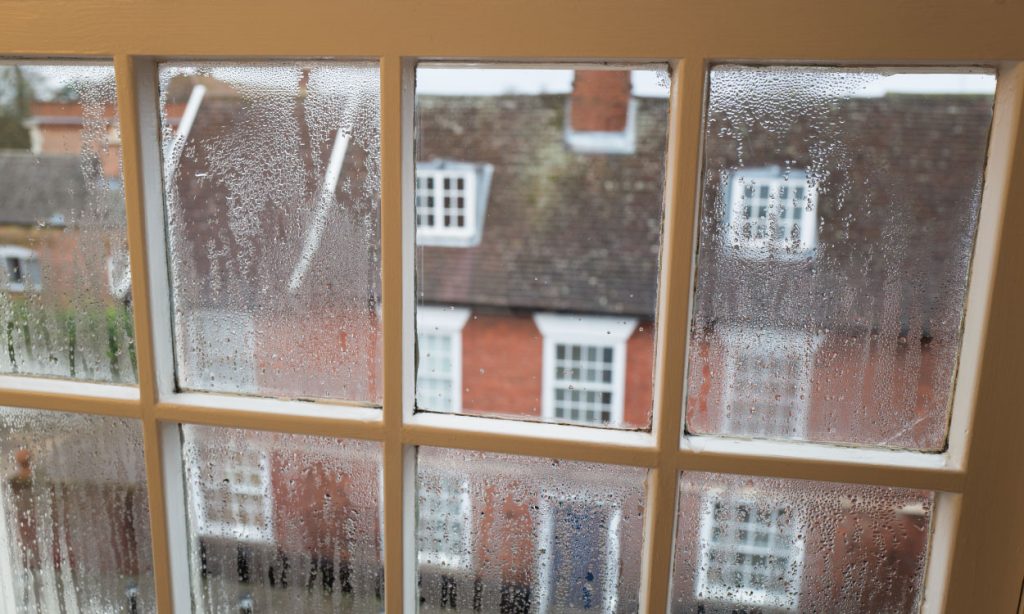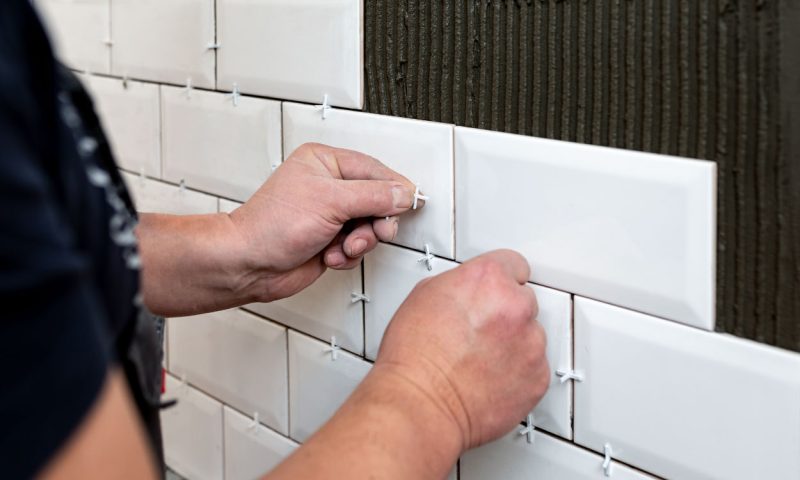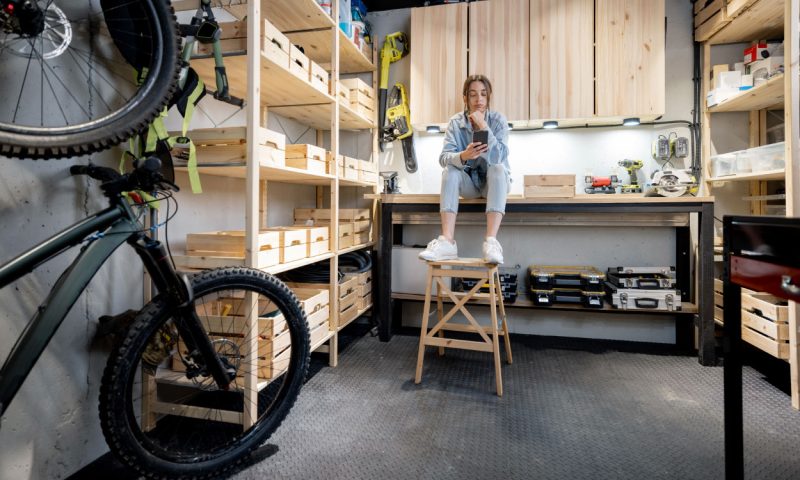How to Stop Condensation in a Bedroom

Condensation is a common but frustrating problem for many UK homeowners, and it is a particular problem in the colder months.
If you’ve noticed water droplets forming on bedroom windows in the morning, black mould appearing on window frames or a persistent musty smell, you likely have a condensation issue in your bedroom. While these signs may seem minor, over time, condensation can cause a serious problem in your home.
In this article, we’ll explore the various ways you can put a stop to bedroom condensation.

How is condensation in a bedroom caused?
Condensation forms when warm, moist air meets a cold surface. The moisture in the air cools rapidly, turning it into water droplets. In bedrooms, this usually happens overnight when people are sleeping with their windows closed and the heating is turned off.
The key scientific concept when thinking about condensation is the dew point. This is the temperature at which the air becomes fully saturated and when the water vapour can no longer hold it. When warm air in your bedroom hits cold walls, windows, or ceilings and cools below the dew point, condensation will occur.
Several things make condensation worse, including:
- Breathing (even sleeping normally can release breath into the air that can cause condensation)
- Poor ventilation
- Bad insulation
- Drying clothes indoors
- Heat loss from the home at night time
Why is bedroom condensation a problem?
While you might think that condensation is nothing to be concerned about, the knock-on effects can actually be extremely damaging. Here’s why:
- Health risks – Condensation can cause damp and mould. This might aggravate respiratory problems like asthma and allergies.
- Structural damage – Over time, repeated exposure to moisture can weaken plaster, damage paint and rot wood – all of which can damage the structure of a property.
- Unpleasant environment – Waking up to wet windows, damaged wallpaper and a musty smell creates an unpleasant environment in your bedroom, which is meant to be a place for you to relax.
- Furniture damage – Excess moisture can damage furniture in a bedroom and cause mould to grow on soft furnishings.
Addressing a condensation problem is more about just comfort – it’s also about keeping everyone in your home safe.
How to stop condensation in a bedroom
Fortunately, there are several effective ways to tackle condensation. Some of the best things you can try include:
Ventilation
When dealing with condensation, ventilation is key. Without adequate airflow, moisture gets trapped indoors and condenses on cold surfaces. There are a few different ways you can improve bedroom ventilation, including:
- Open your windows each morning, even if it’s just for a few minutes
- Make sure your windows have trickle vents; if they don’t, consider replacing them
- Don’t block any air vents in the property
- Consider installing vents or air bricks in the walls
Most modern windows come with built-in ventilation, so make sure they remain open and clean.
Improve insulation
Cold surfaces are condensation magnets. By improving your insulation, you will raise the overall temperature of your home and its walls and windows. This reduces the likelihood of condensation forming.
Some ways to improve insulation in your home include:
- Upgrade windows to double or triple glazing
- Insulate lofts and walls
- Use thermal soft furnishings like curtains
By reducing cold surfaces, there will be fewer opportunities for warm air to condense.
Extractor fans
While extractor fans are common in kitchens and bathrooms, they can be installed in other areas of the home too. If your bedroom has an en-suite, you should ensure an extractor fan is present and working properly.
Dehumidifers
A dehumidifier is one of the most powerful tools you can use when tackling condensation. It extracts moisture from the air and stores it in a tank. You can use a portable dehumidifier overnight in our bedroom to stop condensation from becoming a problem. If you do use one, make sure you empty the tank daily. While not a permanent solution, dehumidifiers do offer immediate relief to areas that are causing concern.
Move furniture
Furniture placed against walls can trap air and create cold spots. This will encourage condensation to form and mould to grow. You should make sure a small gap is left between furniture and your walls to allow for proper air circulation. Avoid tightly packing wardrobes and bookshelves on external walls. By properly spacing out your furniture, you will reduce the risk of condensation.
Close kitchen and bathroom doors
Kitchens and bathrooms are high-moisture areas, and steam from cooking or washing can quickly raise the humidity of your whole house. With this in mind, you should always close doors when cooking or bathing, use extractor fans and do your best to stop steam escaping into other rooms – including bedrooms.
By preventing excess moisture from entering your bedroom in the first place, you can remove the risk of condensation altogether.
Dry clothes outside
One of the biggest contributors to indoor moisture is drying clothes indoors, especially on radiators. During the winter months, you may be reluctant to put clothes outside on a washing line as it may be too cold. However, drying clothes indoors will release lots of moisture into the air and likely cause a condensation problem.
Instead, you should always try and dry clothes outside. If it is not possible, you should use a tumble dryer or place them in a well-ventilated room. It is never recommended to dry clothes in a bedroom.
Keep the room well-heated
A consistently warm room will prevent cold surfaces from attracting condensation. With this in mind, monitor the temperature of your home as much as possible to ensure it remains warm and comfortable. While warm air still contains moisture, it is less likely to reach the dew point.
Final Thoughts
Condensation in a bedroom is more than just a nuisance; it can be extremely dangerous. By understanding the causes of condensation and applying practical tips as we’ve outlined above, you can create a drier, healthier bedroom for you and your family. For more home improvement tips, check out the blogs across this website.
The post How to Stop Condensation in a Bedroom appeared first on UK Home Improvement.







